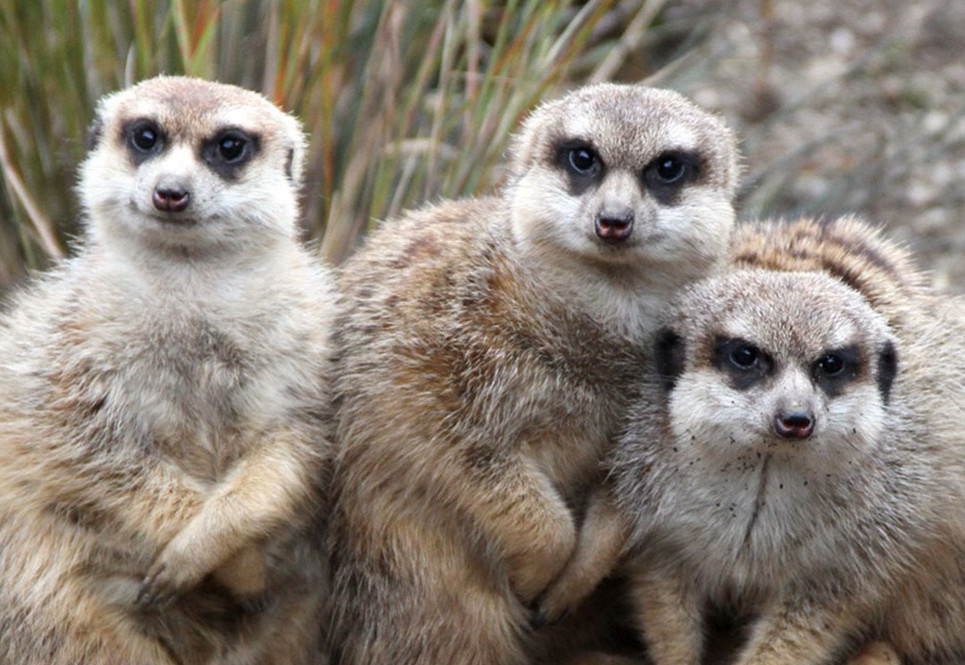Who's new at the zoo?
Posted 22 Jul 2024 in Edinburgh Zoo
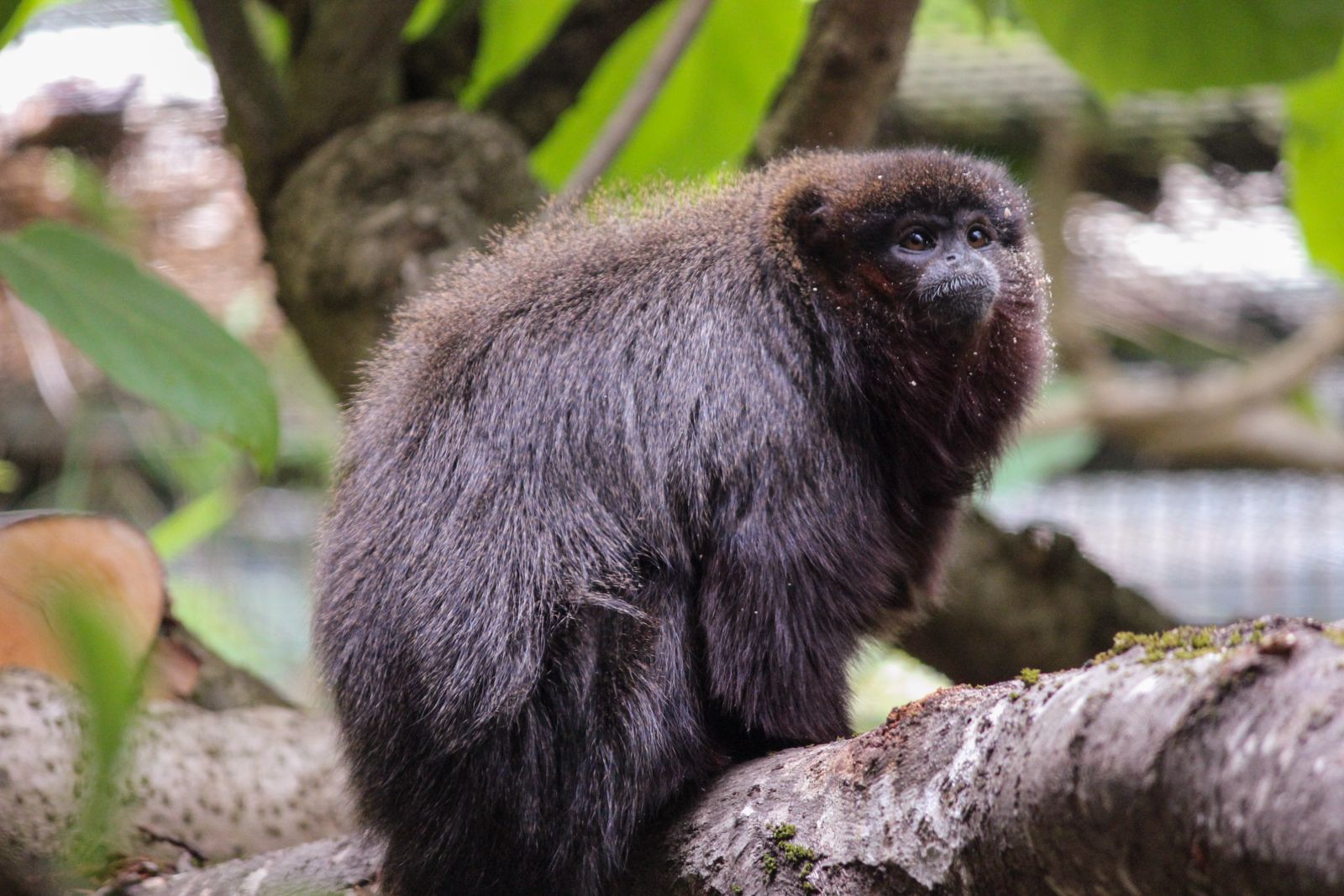
We’ve had lots of exciting new arrivals this year from births to new species. Most of the animals in our care are part of important breeding programmes, managed across the UK and Europe, working to ensure genetic diversity and healthy populations of species.
All our animals are amazing ambassadors for their relatives in the wild and help hundreds of thousands of people connect with nature every year. They encourage visitors to learn about the threats facing wildlife and the action they can take to help create a world where nature is protected, valued and loved.
Find out more about some of our newest residents.
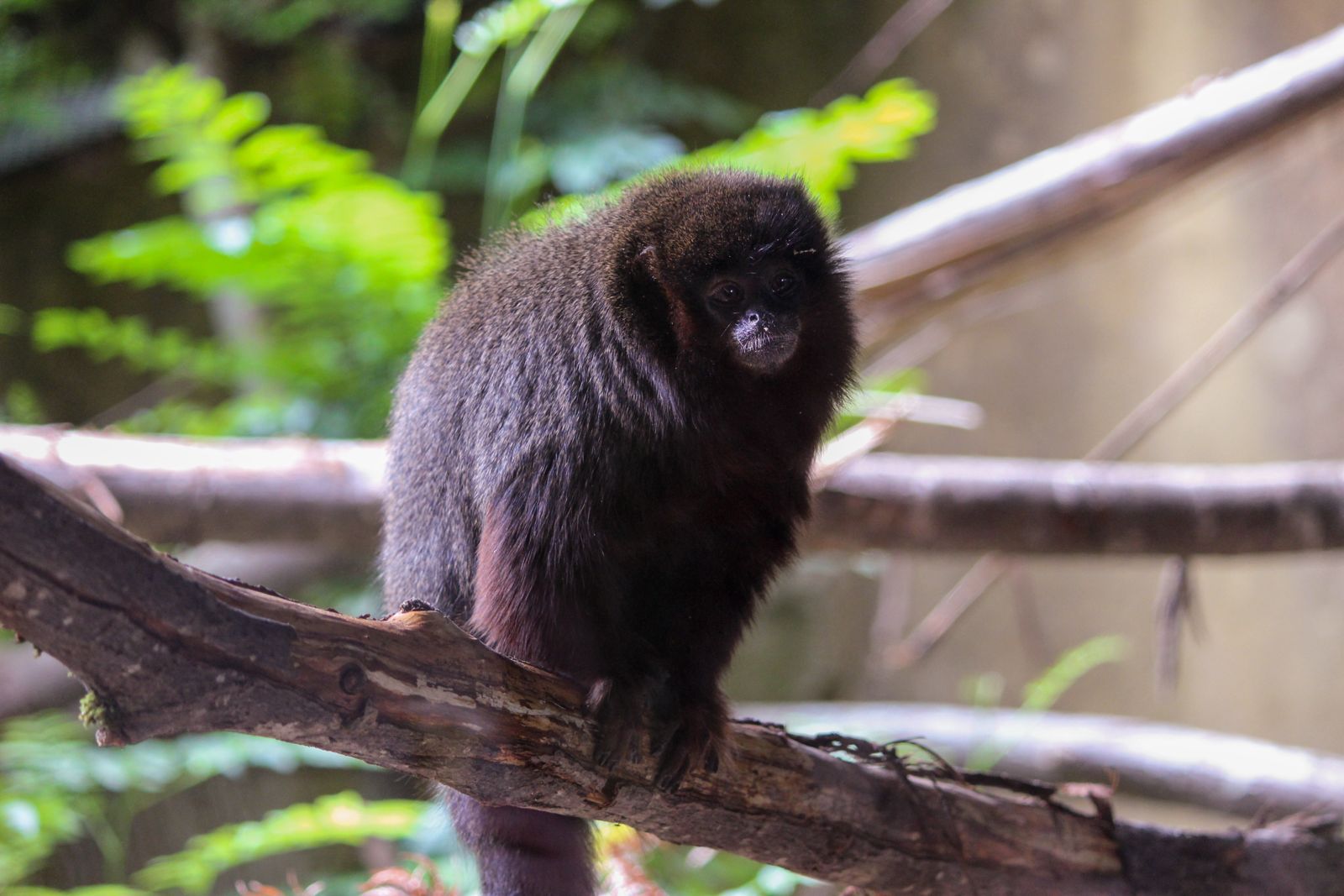
Coppery titi monkeys
Coppery titi monkeys Irmao and DJ joined us from Blackpool Zoo earlier this month. Native to the Amazon rainforests of Brazil, Bolivia, Peru, Ecuador and Colombia, these small primates spend most of their time exploring in the trees, very rarely coming to the ground. Like their name suggests, they are easily recognised by their coppery-red fur.
An important social behaviour for coppery titi monkeys is grooming and tail intertwining. They are also very vocal, regularly performing loud duets throughout the day. Make sure to listen out for them in the Magic Forest!
Cotton-top tamarin twins
In June, Elf and Zecca welcomed twins! Our keepers named them Taylor and Swift, as they were born the day before the popstar’s three sold-out concerts just along the road at Murrayfield Stadium.
Native to a small area of rainforest in Northwest Columbia, cotton-top tamarins are classified as critically endangered making them one of the most endangered primates in the world – it’s estimated there are as few as 2,000 remaining in the wild. The species is at risk due to habitat loss from deforestation, and despite being legally protected they’re still regularly caught for the pet trade. Sadly, numbers are predicted to decline even more by as much as 80% in the next 20 years.
This means the birth of Taylor and Swift was really special, and we hope they will go on to play a vital role in the breeding programme for this critically endangered species.
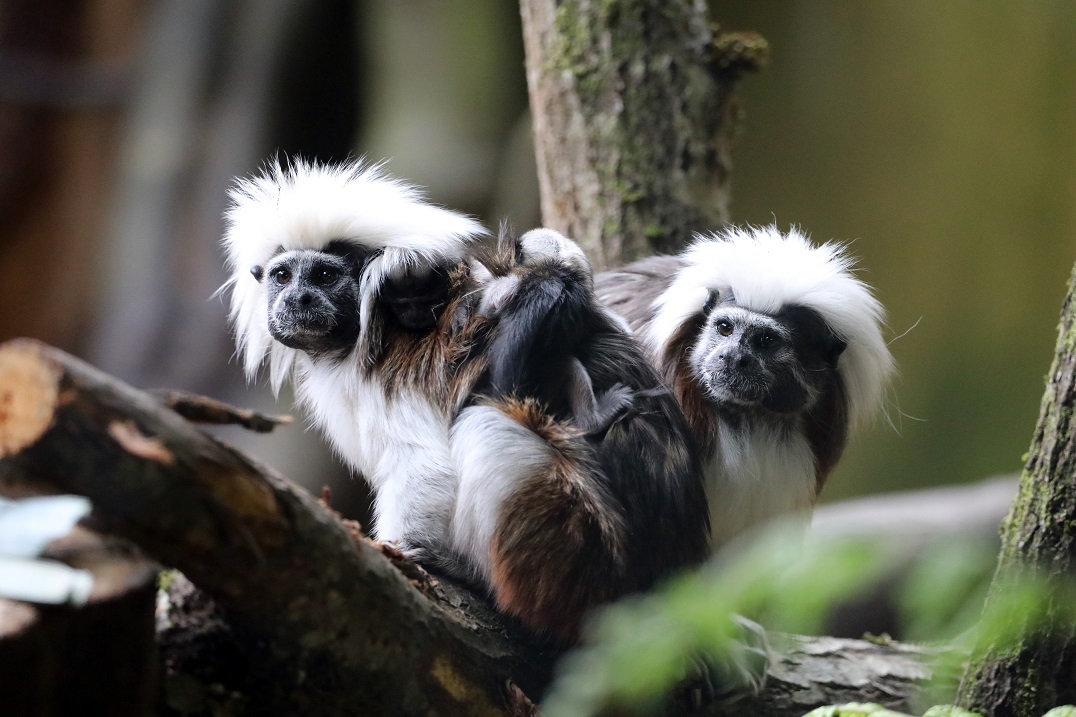
.jpg)
Penguin chicks
Penguin breeding season – everyone’s most favourite time of the year! We were particularly excited this year to welcome five endangered Northern rockhopper chicks (the most we’ve EVER had) and 16 gentoo chicks.
Northern rockhoppers are endangered in the wild due to climate change, changes in marine ecosystems and overfishing, so being able to contribute to the breeding programme, which ensures a healthy and genetically diverse population in zoos, is wonderful!
You can find out more about our wildlife conservation charity’s vital work to protect wild Northern rockhoppers.
Pudu fawn
Found in the forests of Chile and Argentina, Southern pudu are one of the smallest species of deer in the world, so you can imagine how TINY new arrival Gia is. Born to first time parents Violetta and Evan, Gia weighed just 630g at birth – that’s less than a loaf of bread!
Make sure to keep an eye out for Gia exploring under the watchful eye of her mum in the home they share with our agoutis.
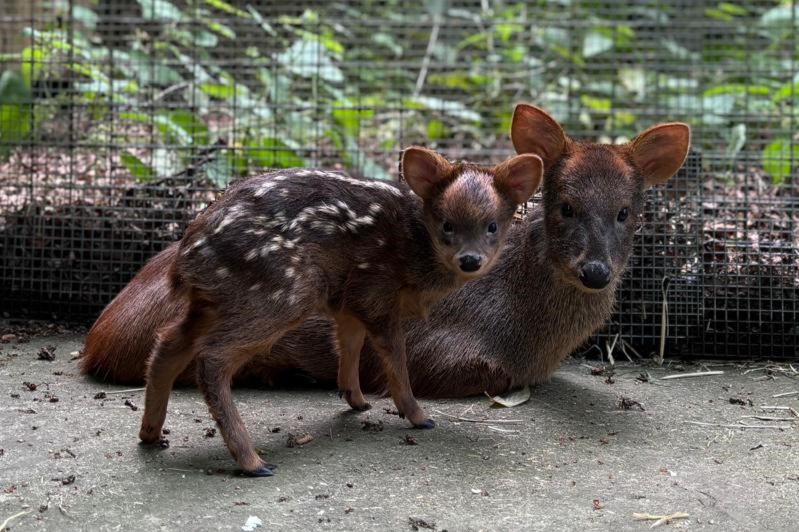
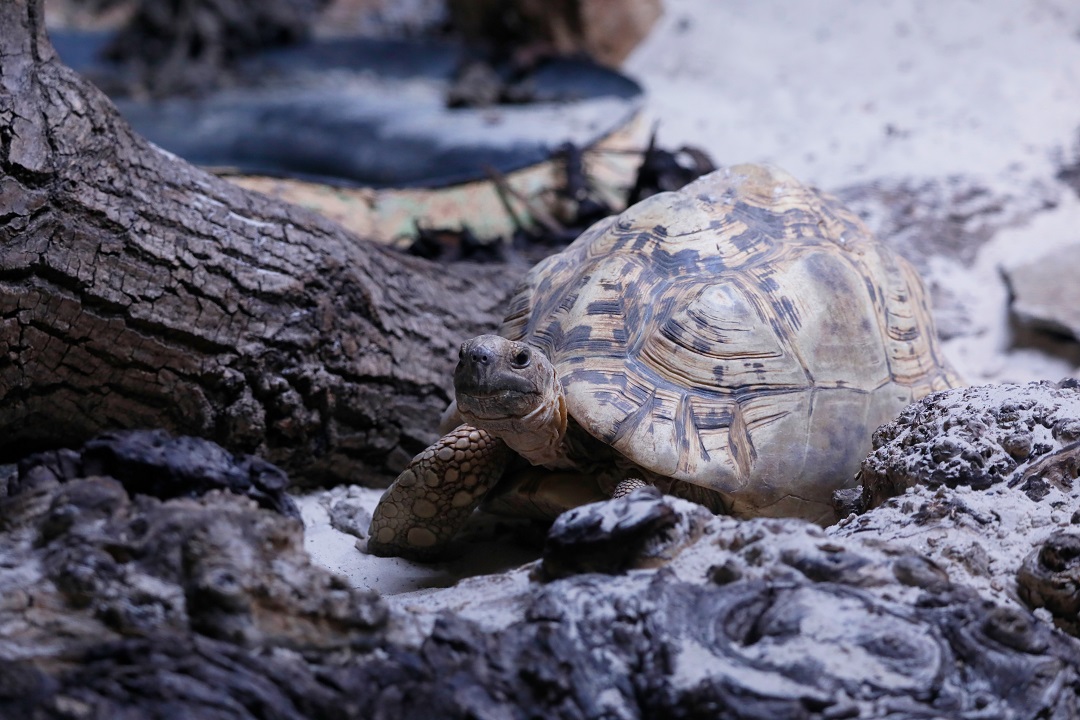
Leopard tortoises
In July we welcomed leopard tortoises Shelly, Daisy and Lancelot from Welsh Mountain Zoo. Leopard tortoises are native to the dry savannahs of central and southern Africa. Like other turtles and tortoises, they have no ears but can sense vibrations that help them navigate their environment. They also have no teeth, biting and ripping at food with their hard, sharp, beak-like mouths.
Shelly, Daisy and Lancelot can be found in their new enclosure in the pygmy hippo house!
Japanese macaques
Following his escape from Highland Wildlife Park earlier this year, we welcomed seven-year-old Japanese macaque Honshu to the zoo in February. Honshu arrived with three other males from his troop - Ken, Kirrin and Katana – and we’re delighted that they have all settled in well here.
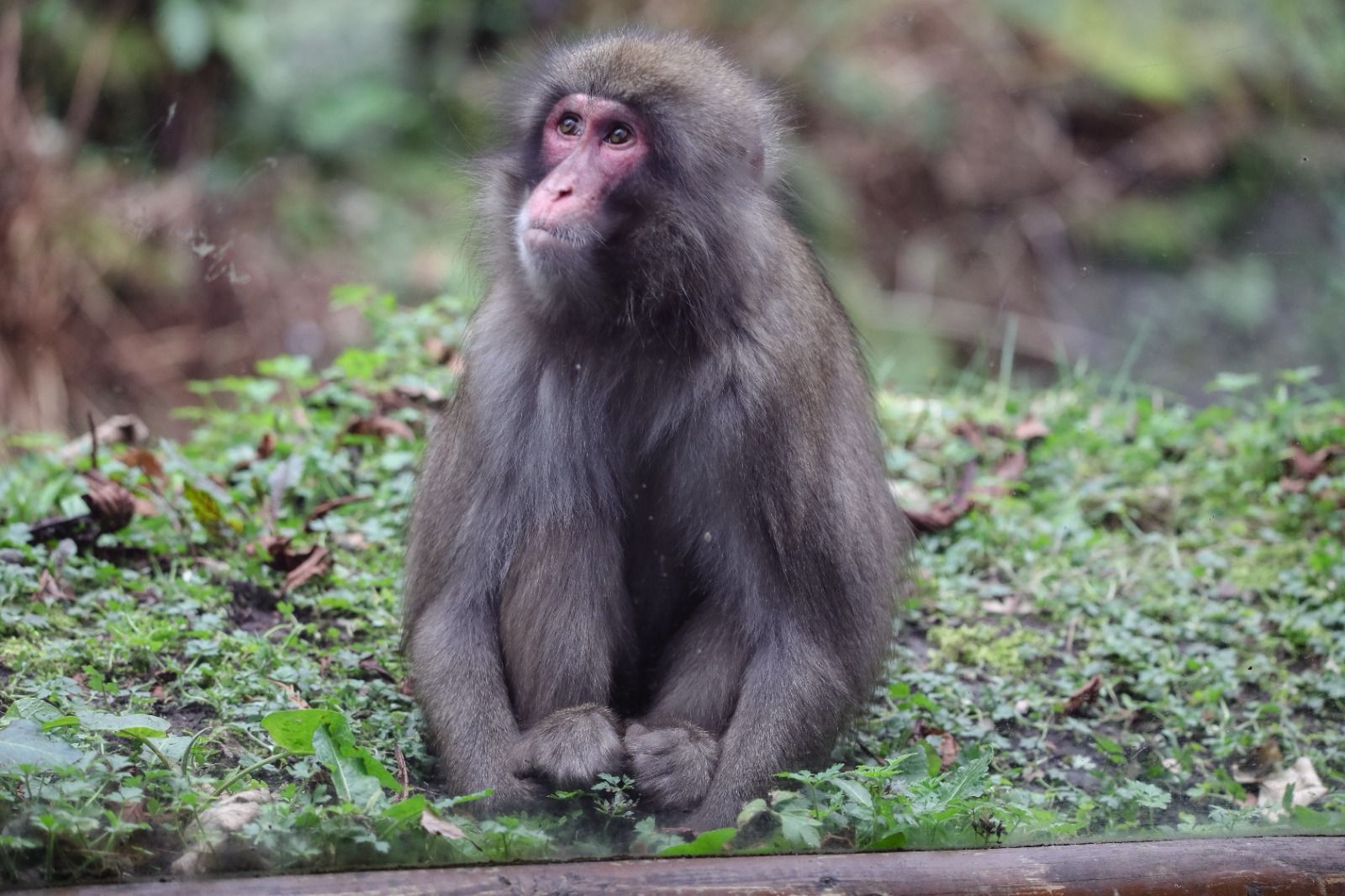
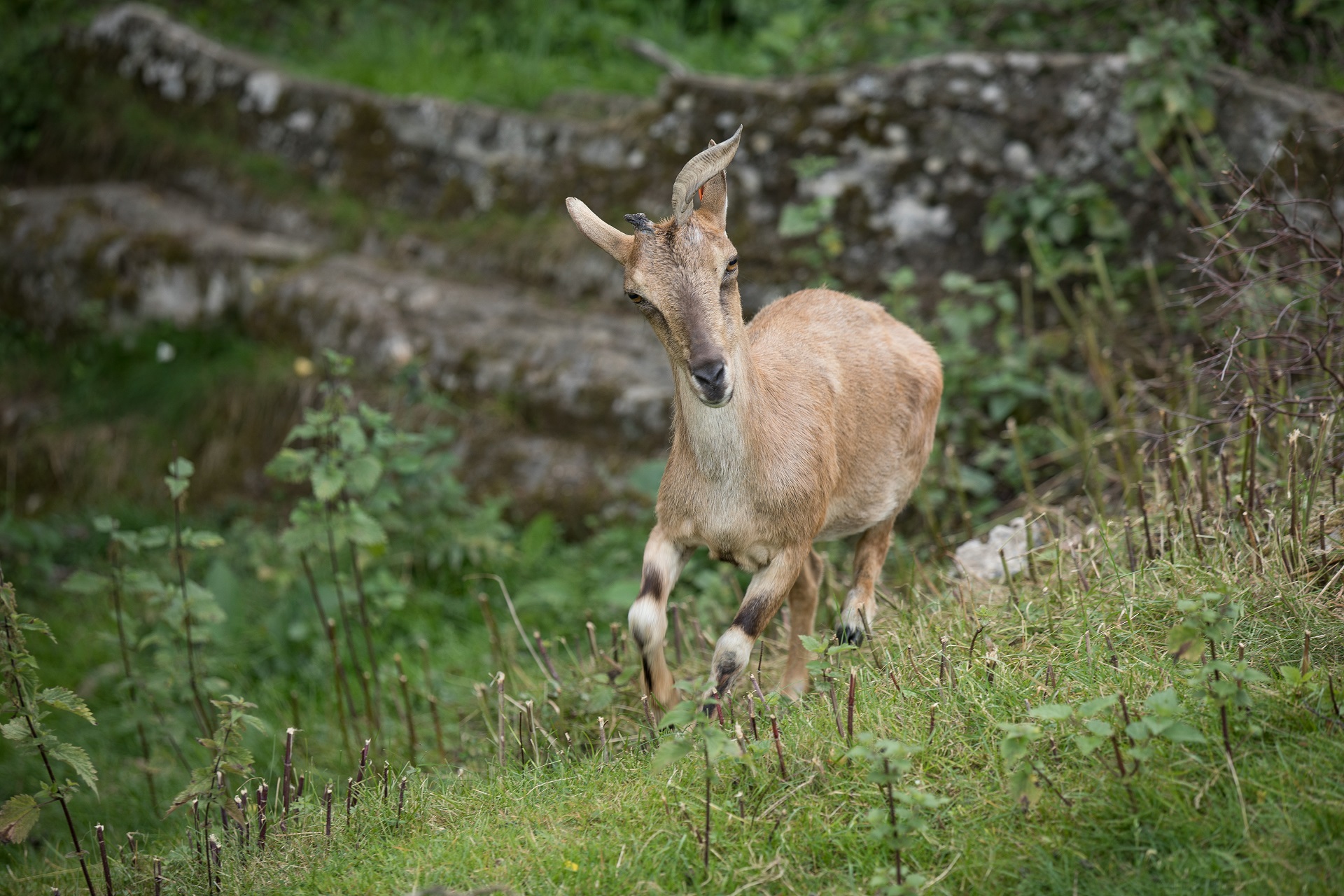
Turkmenian markhor
Also joining us from Highland Wildlife Park was our small herd of Turkmenian markhor.
Native to the mountains of the Hindu Kush, Turkmenian markhor are critically endangered. It is estimated that just 2,500 of them remain in the wild due to poaching and habitat loss.
You can find Bud, Basil, Bramble, Heather and Daisy exploring in their temporary enclosure at the old giant panda habitat.
Banteng
Male banteng Struan was joined by females Kiley, Kartika and Raya this year.
This endangered species is found in grasslands and the dense, tropical forests of Cambodia, Indonesia, Malaysia, Thailand and Vietnam.
It’s easy to see why they are considered to be one of the most beautiful and graceful of all wild cattle species!
.jpg)
Mystery new arrival?
Stay tuned for a BIG announcement. Hopefully you’ll be able to SPOT them exploring their new home soon…

